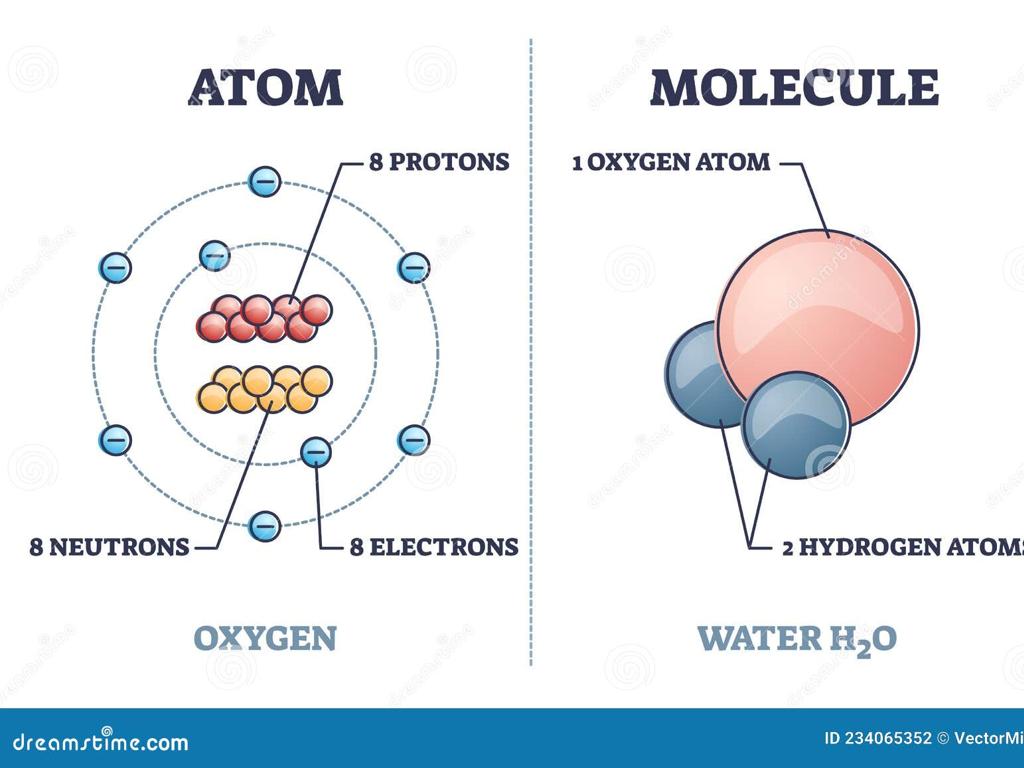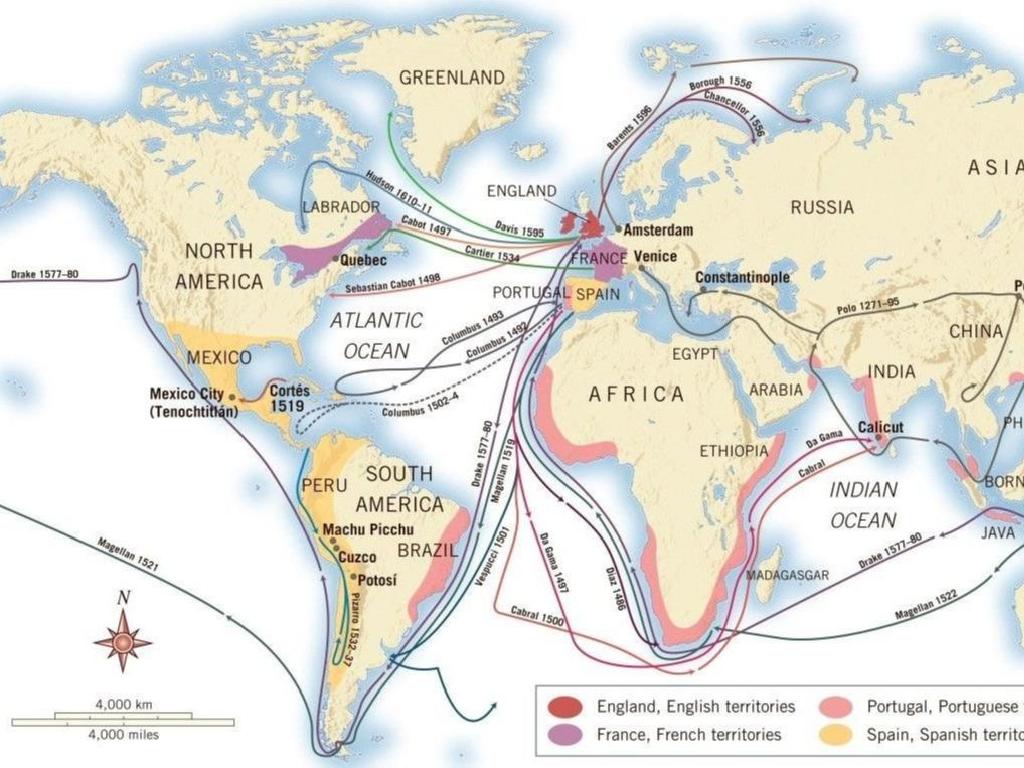The Gupta Empire
Subject: Social studies
Grade: Seventh grade
Topic: Ancient South Asia
Please LOG IN to download the presentation. Access is available to registered users only.
View More Content
Exploring the Gupta Empire: India’s Golden Age
– Introduction to Ancient South Asia
– Unveiling the Gupta Empire
– A powerful Indian empire from 320 to 550 CE
– The Golden Age of India
– Period of great cultural development
– Gupta achievements in various fields
– Advances in science, art, and literature flourished
|
This slide introduces students to the Gupta Empire within the context of Ancient South Asia. The Gupta Empire, existing from approximately 320 to 550 CE, is often referred to as the Golden Age of India due to its extensive achievements in various fields. During this time, India saw a significant advancement in science, mathematics, astronomy, art, and literature. The period was marked by peace and prosperity, which allowed culture and arts to thrive. In this lesson, students will explore the reasons behind the empire’s reputation as a golden age and examine the lasting impacts of the Gupta Empire’s contributions to civilization.
The Rise of the Gupta Empire
– Chandragupta I: Empire’s founder
– Chandragupta I laid the foundation for a powerful empire in 320 CE.
– Expansion of Gupta territory
– Through conquests and alliances, the empire grew under Chandragupta I and his successors.
– Understanding the ‘Golden Age’
– A ‘Golden Age’ is a period of great achievements in arts, literature, and science.
– Gupta Era: A time of prosperity
|
This slide introduces the Gupta Empire, emphasizing its origins and expansion under Chandragupta I. Discuss how the empire’s strategic military and matrimonial alliances led to territorial expansion and stability. Explain the concept of a ‘Golden Age,’ highlighting the Gupta period as a time of significant cultural and scientific advancements, which included notable progress in mathematics, astronomy, and the arts. Encourage students to think about what factors contribute to a civilization’s ‘Golden Age’ and how such a period can influence future generations.
Gupta Empire’s Administration
– Centralized government structure
– The empire was governed by a strong central authority.
– King’s role with his council
– The king made decisions with advice from his council of ministers.
– Sanskrit in administration
– Sanskrit was the official language for government records and communication.
– Impact on society and culture
|
The Gupta Empire was known for its well-organized centralized government and bureaucracy, which allowed for efficient administration and control. The king, at the top of this hierarchy, consulted with a council of ministers, who were knowledgeable in various aspects of governance. Sanskrit served as the administrative language, which helped in unifying the diverse regions under the empire and promoting cultural and intellectual pursuits. This system of governance had a significant impact on society, contributing to the Golden Age of India, marked by advancements in arts, science, and literature. In the next class, we will explore how the administrative practices of the Gupta Empire influenced modern governance systems.
Culture and Society of the Gupta Empire
– Daily life in the Gupta period
– People engaged in agriculture, trade, and various crafts.
– Scientific and artistic advancements
– Notable works include Aryabhata’s astronomy and Kalidasa’s literature.
– Influence of religion and philosophy
– Hinduism and Buddhism shaped societal values and norms.
– Gupta Empire’s cultural legacy
|
This slide aims to give students a glimpse into the rich cultural and societal aspects of the Gupta Empire. Daily life was marked by a strong agricultural economy, vibrant trade, and skilled craftsmanship. The period saw significant contributions to science, such as Aryabhata’s work in astronomy, and to the arts, with renowned poets like Kalidasa. Religion and philosophy, particularly Hinduism and Buddhism, played a central role in shaping the empire’s values and daily life. The Gupta Empire is often referred to as the ‘Golden Age’ of India due to these immense cultural achievements. Encourage students to explore how these elements compare to their own daily lives and cultural experiences.
Achievements of the Gupta Empire
– Introduction of zero concept
– The concept of zero revolutionized mathematics.
– Aryabhata’s astronomical work
– Aryabhata theorized the earth’s rotation and calculated pi.
– Kalidasa’s literary contributions
– Kalidasa wrote plays like ‘Shakuntala’ that are still celebrated.
– Impact on modern knowledge
|
The Gupta Empire, known as the Golden Age of India, made significant contributions to various fields. In mathematics, they introduced the concept of zero, which is fundamental to the number system we use today. Astronomically, Aryabhata’s work laid the foundations for understanding celestial bodies and their movements. Kalidasa’s plays and poetry are considered classics and are an essential part of Indian literature, reflecting the culture and values of the time. These achievements have had a lasting impact on both Indian culture and the world, influencing modern science, literature, and mathematics. Encourage students to explore how these ancient innovations still affect their daily lives and the broader scope of human knowledge.
The Decline of the Gupta Empire
– External invasions weakened the empire
– Attacks from the Huns disrupted Gupta control
– Economic struggles hastened the decline
– Trade disruptions and fiscal troubles were significant
– Internal conflicts eroded stability
– Power struggles and regional uprisings fragmented the empire
– Gupta legacy in modern India
– Influences seen in art, mathematics, and philosophy
|
This slide addresses the factors that led to the decline of the Gupta Empire, an important period in Ancient South Asia. Highlight the impact of repeated invasions by the Huns, which strained the empire’s military and resources. Discuss the economic challenges, including reduced trade and revenue problems, which undermined the empire’s financial stability. Explain how internal strife, such as succession issues and regional revolts, further weakened the empire’s cohesion. Conclude with the enduring legacy of the Gupta Empire, emphasizing its contributions to various fields that continue to influence modern India. Encourage students to consider how empires rise and fall, and the lasting impact they can have on culture and society.
Class Activity: Gupta Empire Timeline
– Create a timeline from your notes
– Highlight major events and rulers
– Chandragupta I, Samudragupta, Chandragupta II were prominent rulers
– Include key achievements
– Note advancements in science, mathematics, and the arts
– Prepare to present your timeline
|
This activity is designed to help students engage with the history of the Gupta Empire by creating a visual timeline. Provide students with guidelines on how to structure their timeline, emphasizing the inclusion of significant events such as the reigns of notable emperors and cultural achievements like the concept of zero in mathematics, advancements in astronomy, and the creation of important literary works. Encourage creativity in the presentation of their timelines. Possible activities include drawing, using digital tools, or even acting out events. Each student will present their timeline to the class, which will help reinforce their understanding of the Gupta Empire’s chronology and contributions to civilization.






